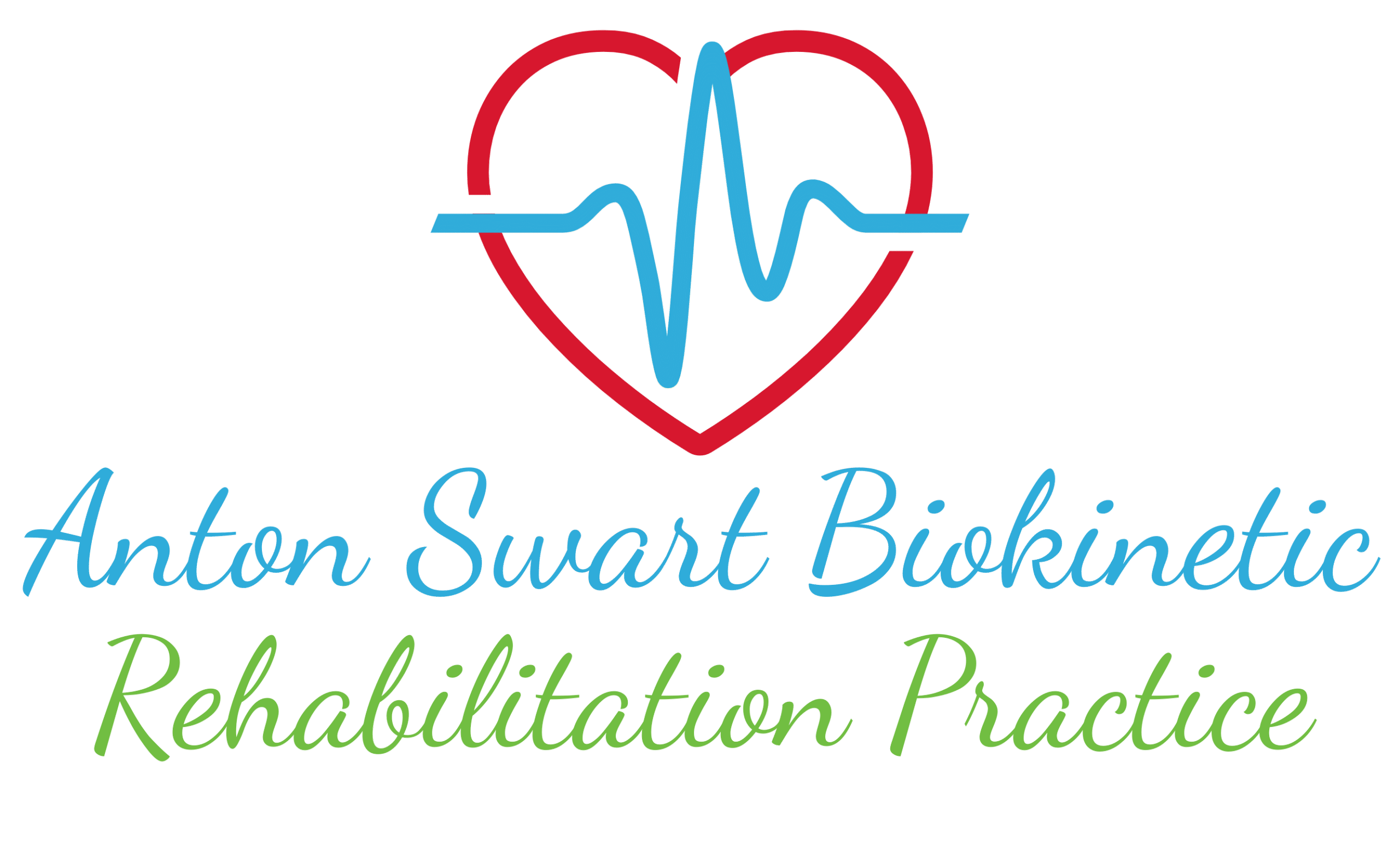Clinical Importance of Biokinetics through the Means of Physical Therapy
An ankle sprain, most commonly of the lateral ligaments (ATFL, CFL), is a frequently underestimated injury. Without proper rehab, it can lead to chronic ankle instability, recurrent sprains, and long-term dysfunction. Physical therapy is essential to:
1. Restore Joint Stability and Proprioception:
- Ligamentous injuries disrupt neuromuscular feedback; therapy re-trains these reflexes to prevent future sprains.
2. Reduce Swelling and Promote Healing:
- Targeted modalities and movement reduce edema, promote collagen alignment, and accelerate tissue healing.
3. Improve Functional Strength and Mobility:
- After immobilisation or pain inhibition, surrounding muscles weaken; physical therapy strengthens the peroneals, tibialis anterior, calf, and hip stabilisers.
Important Exercises and Their Purpose
Rehab should be phase-based, progressing from protection to performance. Below are the clinically relevant rehabilitation phases:
Phase 1: Acute Phase
Focus: Reduce pain and swelling, protect the injured ligament.
Phase 2: Early Mobility & Stability (Day 5–Week 2)
Focus: Restore ROM, begin neuromuscular control, initiate safe loading.
Phase 3: Strength, Balance & Gait Training (Week 2–6)
Focus: Strengthen dynamic stabilisers, restore proprioception, and achieve normal walking.
Phase 4: Dynamic Control & Return to Activity
Focus: Restore power, agility, and prepare for sport/work return.
Safe Range of Motion (ROM)
Acute (0–5 days)
Limit end-range inversion and plantarflexion
Early rehab (Week 1–2)
Aim for 0°–20° dorsiflexion and 0°–30° plantarflexion
Week 3+
Progress to full, pain-free ROM in all planes
Clinical Considerations
- Grade III sprains may require up to 4–6 weeks in a brace or boot before full rehab.
- Subtalar joint stiffness is common; mobilise if necessary to improve eversion/inversion.
- Assess for peroneal tendon strain or avulsion fracture in moderate–severe cases.
- Address hip and core strength to reduce the risk of recurrence, especially in athletes.
Summary
Ankle sprain rehabilitation is critical to:
- Restore full mobility and strength
- Prevent chronic instability and recurrence
- Support safe return to sport and daily activities
Rehabilitation must focus on swelling control, early motion, progressive strength, and proprioceptive re-training, all structured within the healing timeline of ligamentous tissue.




